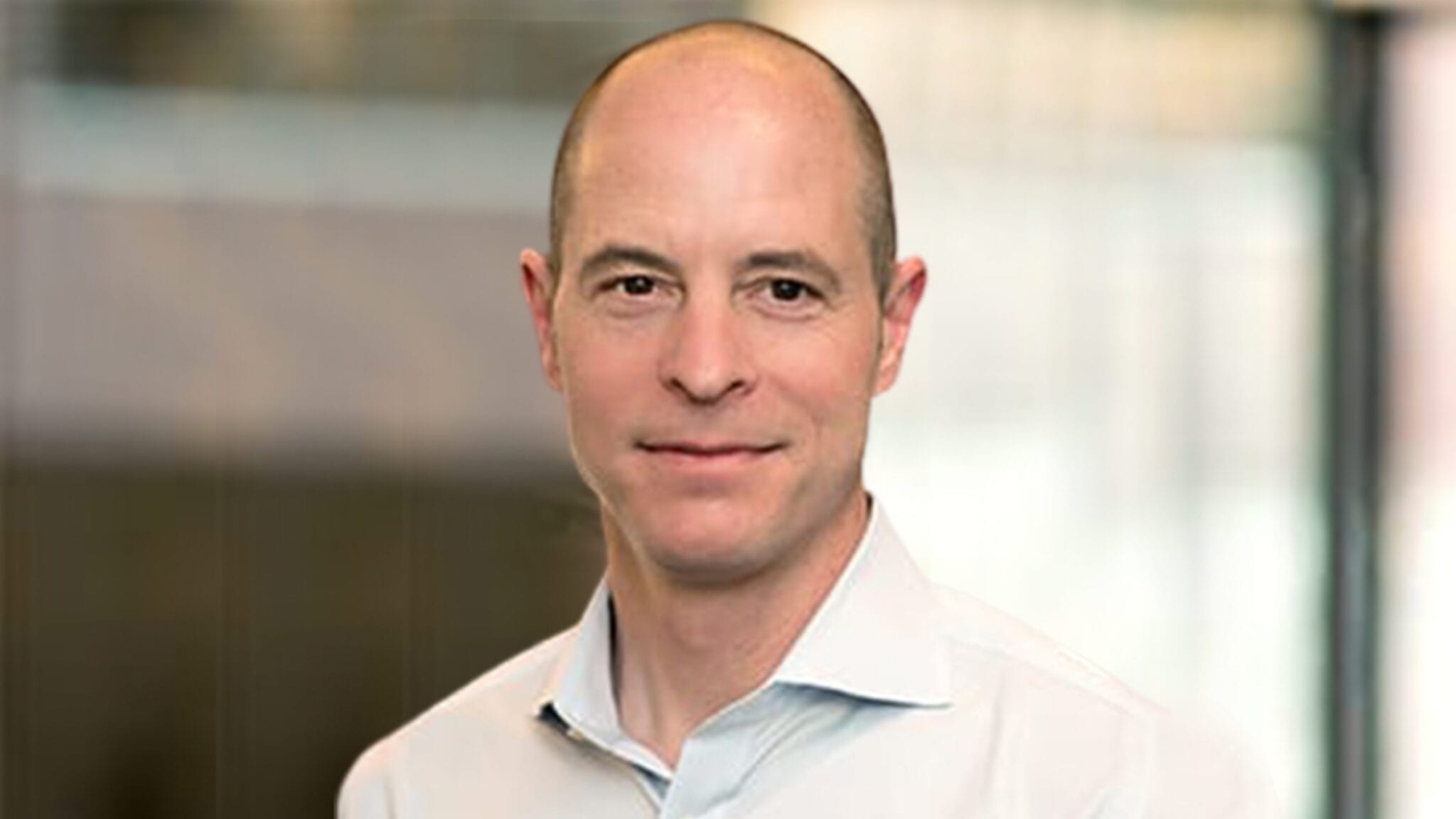
Generation Bio snaps up Boston area plant as it rolls out a manufacturing process it thinks will be a game changer
Generation Bio is looking to move the field of gene therapy into the future, and thinks it has a manufacturing process in place that will allow enough scale for broad disease indications. Now, all it needs is a plant to put those large-scale ambitions into action.
Generation signed a lease on a new 104,000-square-foot facility in Waltham, MA, set to become operational in 2023. The facility will be available for preclinical and clinical development for its lead hemophilia A program.
Unlock this article instantly by becoming a free subscriber.
You’ll get access to free articles each month, plus you can customize what newsletters get delivered to your inbox each week, including breaking news.